
Rural communities need formal and informal mechanisms that enable local people, agencies, and groups to work together across interests, both within one community and across places in the region, to plan wisely and to access and take advantage of every opportunity. That means having one or more organizational structures that can help with shared community planning and development, organizing partnerships and implementation, and receiving and pooling funds from multiple sources (especially where there is a limited or no tax base of shared funds to “invest in ourselves”).
Different rural areas develop different structures that act as these “rural development hubs.” This quickly comes into focus in situations like recovery from natural disasters, but it is a constant need and critical asset and puts rural places in a better position to promote more holistic, balanced, and inclusive development that can focus on equity and well-being.
Building Block Evidence
Evidence suggests this building block is important because community action models that build capacity to address an issue; set a collaborative structure; and assess needs, implement a plan, and evaluate actions have been shown to improve determinants of health and equity.1 Foundational scholarship finds that rural community networks and infrastructure that supports interactions are associated with capacity to take local action.2,3 This rural-focused research suggests initiatives at three levels to encourage community action: among local actors, with entities like University Extensions; at the federal level, setting community action as a policy goal to move initiatives beyond “infrastructure transfusion”; and through better study of community action as part of rural development strategy, with the understanding that rural settings require a “menu” of development activities.3
Recent University Extension guidance recognizes that collaborative efforts within communities and between stakeholders can support achieving local and regional priorities, emphasizing that leadership can be formal or informal but “should be local”.4 Other expertise also connects community-driven action to promote health with best practices for community-based collaboration. Essential elements in multi-sector collaboration include authentic partnership with representatives from all affected community segments and a shared, uniting vision.5 Rural community capacity to access external resources is improved through the participation of diverse coordinating and regulating organizations, solidarity among organizations, and strong internal linkages within organizations.2
Field literature on rural development notes that intermediary organizations, such as community or place-rooted foundations, community development corporations, community development financial institutions, economic development districts, community colleges, and other one-off regional and rural organizations can play a central role in a “hub,” advancing asset-based, wealth-building approaches to development (for more on how to nurture such development hubs, see Aspen-Hubs 2019). Support for community action infrastructure from the federal level could include a place-based innovation fund for rural regions administered by the Economic Development Administration (for more place-based recommendations, see NLC-Andes 2019).
Curated REsources
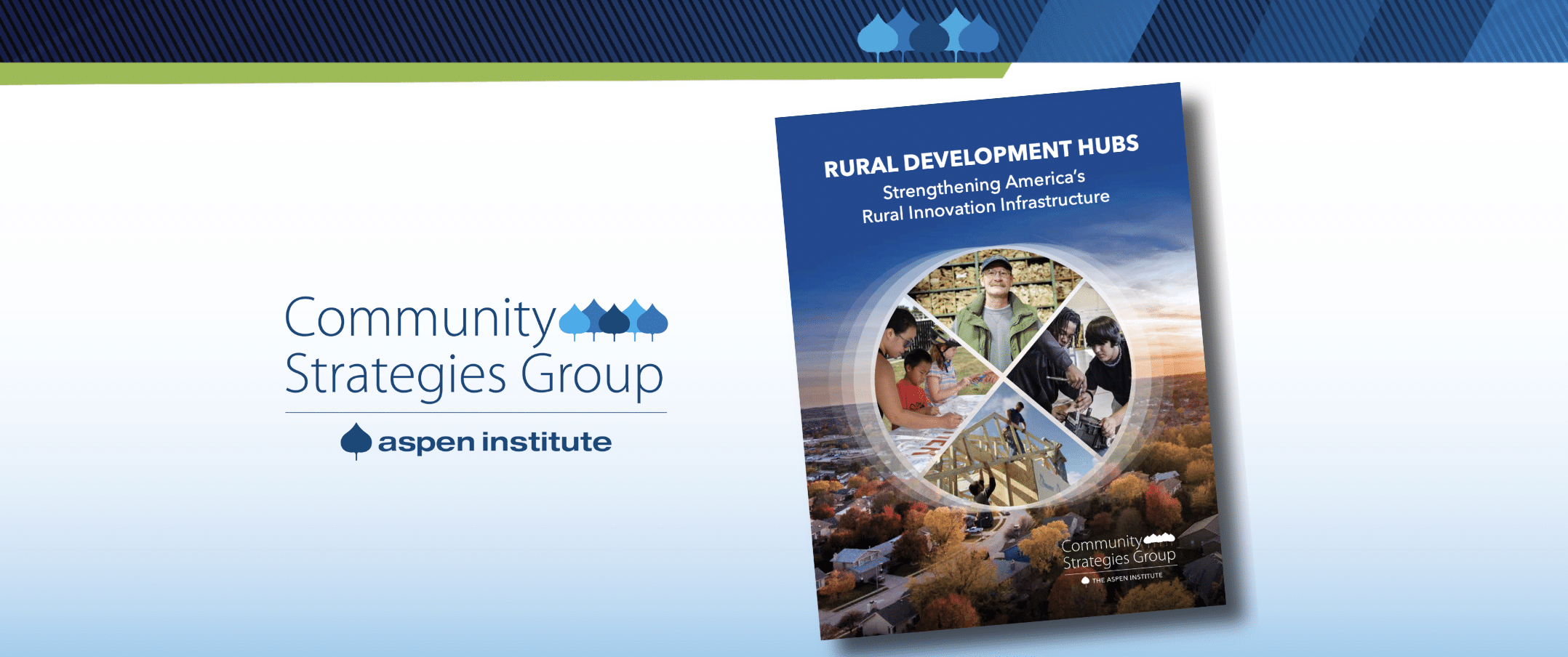
Rural Development Hubs Report
This report focuses on the role — and aggregates the wisdom — of a specific set of intermediaries that are doing development differently in rural America. We focus on Rural Development Hubs because they are main players advancing an asset-based, wealth-building, approach to rural community and economic development.
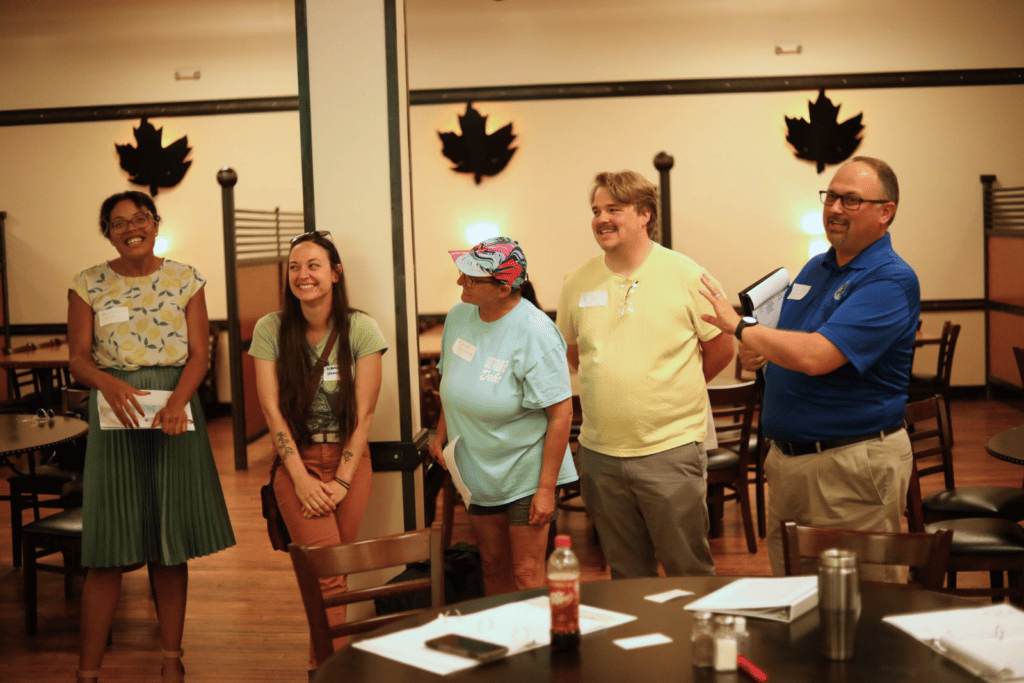
Communicating for Connection: West Virginia Community Development Hub
This short case study has insights and tips on how rural development practitioners can move beyond neutrality and still communicate effectively with community members from across the political spectrum.

Translating Federal Opportunities into Local Resources: Ada Jobs Foundation
This short case study has insights and tips on how rural communities with limited staffing and resources can understand, prepare for, and compete for finite federal funds.
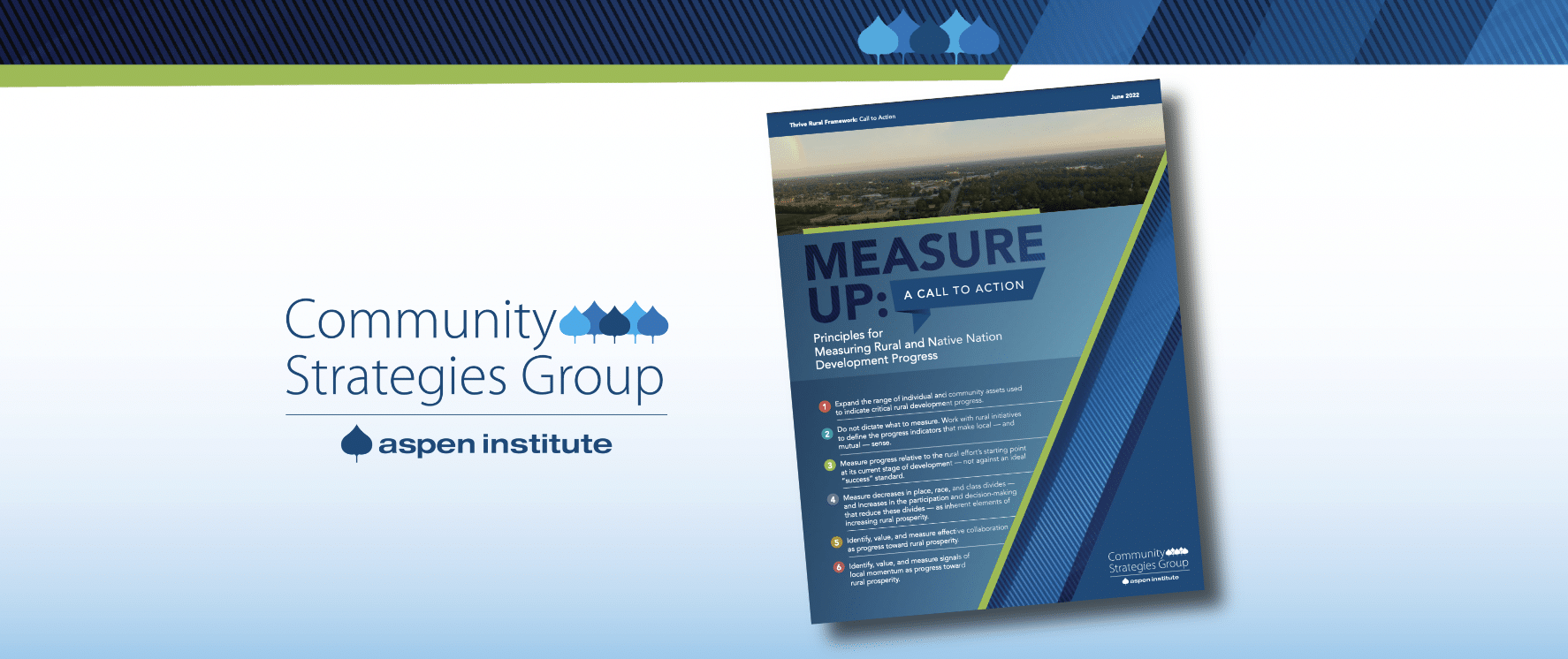
Measure Up: A Call to Action
Today, we have a generational opportunity to strengthen prosperity and equity in communities and Native nations across the rural United…
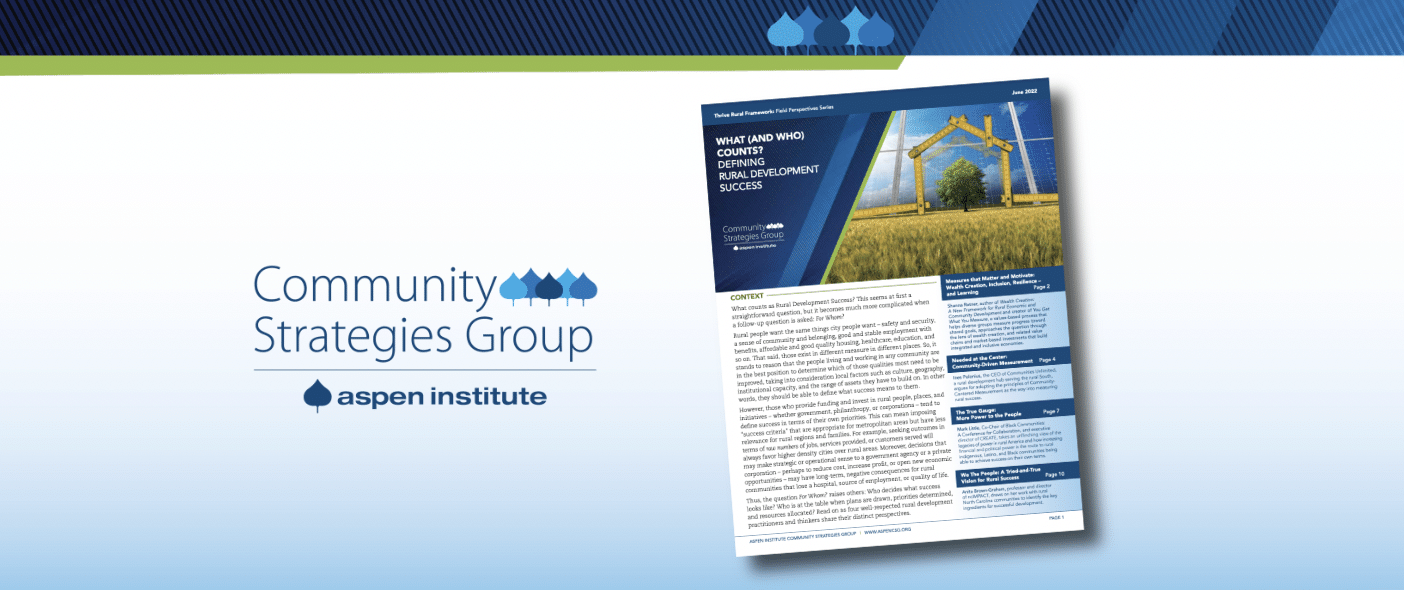
What (and Who) Counts? Defining Rural Development Success
There are no easy solutions for the many challenges that rural Americans face, but it’s clear that rural communities themselves…

Better Results: What does it take to build capacity in rural and Native nations communities?
Insights and learnings from rural practitioners on how organizational capacity and technical assistance can be carefully and intentionally strengthened to grow economies, health, and livelihoods for each and every person in their regions.
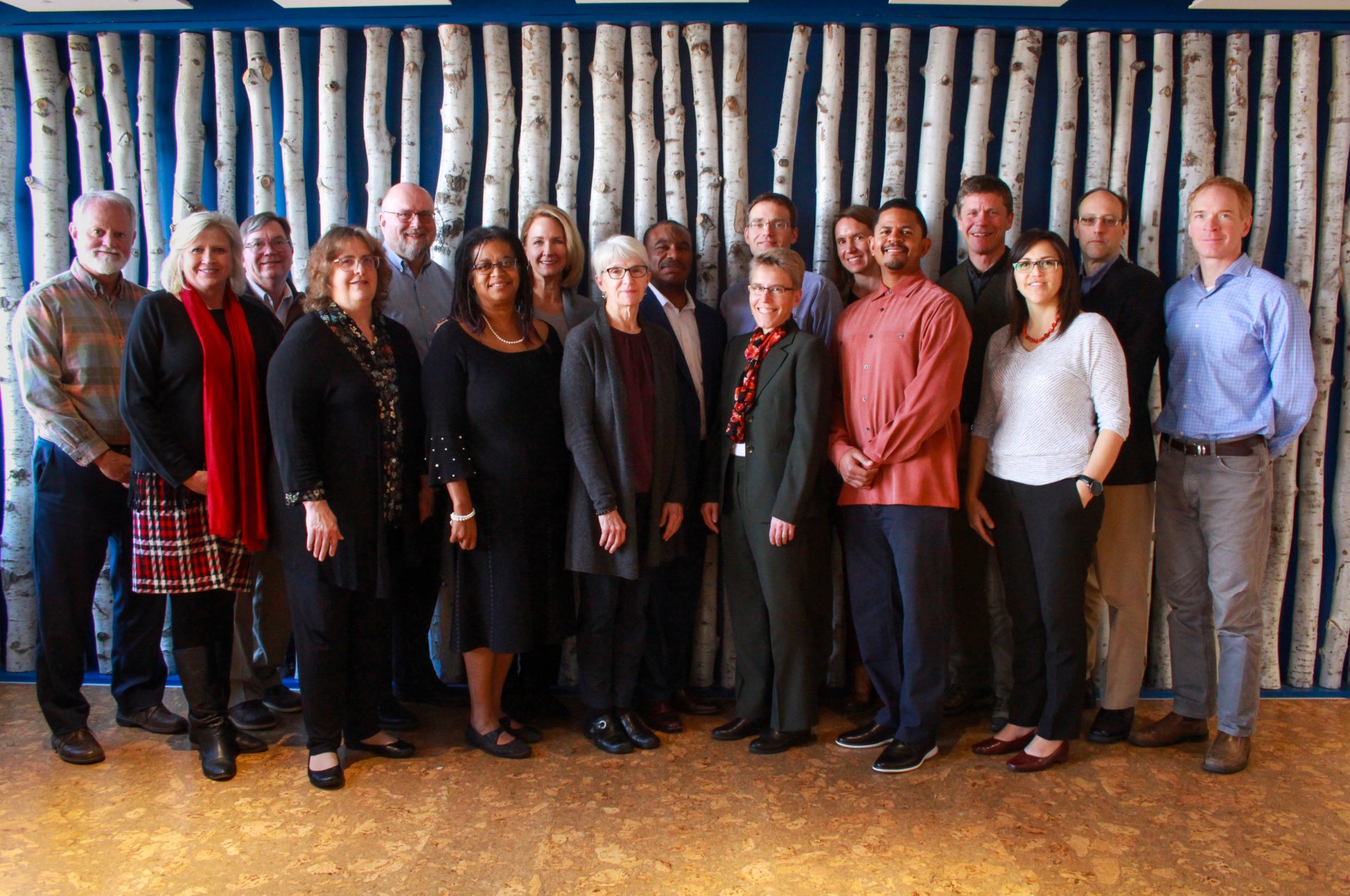
Championing Rural Initiative: The Rural Development Innovation Group at Four Years
Over the past four years, the Rural Development Innovation Group has identified and highlighted what’s working in rural community and…
Field Items

Rural Community Building Best Practices
The Hub identified six best practices that drive successful community building efforts in rural cities and towns across the state.
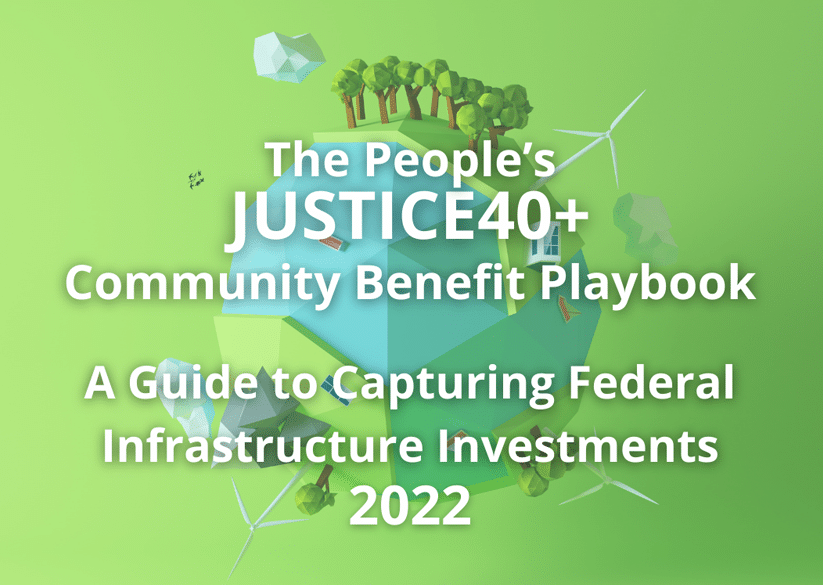
J40 Playbook
This playbook offers frontline groups and community organizations guidance for developing a People’s Justice40+ Community Benefit Plan.

Aspen Institute Food & Society Program
Food & Society at the Aspen Institute brings together public health leaders, policymakers, researchers, farmers, chefs, food makers, and entrepreneurs to find practical solutions to food system challenges and inequities.
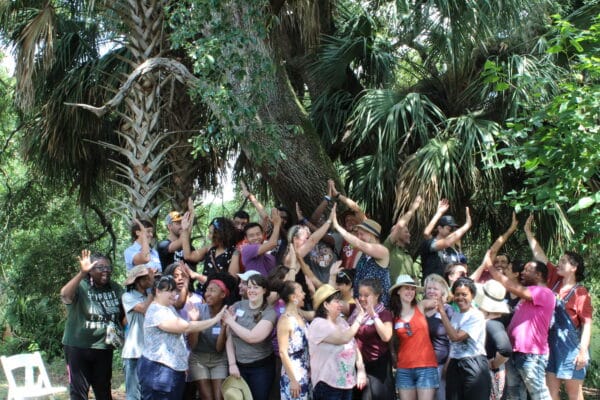
Food Systems Leadership Network
The Food Systems Leadership Network is a national peer learning community that connects current and emerging leaders, strengthens individual and collective leadership capacity, and fosters collaboration across communities.
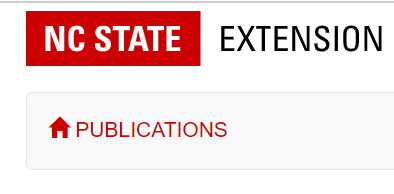
Working Together: A Guide to Collaboration in Rural Revitalization
A handbook by NC State Extension explores coming together, staying together, and growing together as social mechanisms for successful rural revitalization collaborations and provide examples of their use in practice.

What is Collective Impact?
Collective impact is a network of community members, organizations, and institutions who advance equity by learning together, aligning, and integrating their actions to achieve population and systems level change.

Lessons Learned from Rural Collective Impact Efforts in Montana
A video recording of a coffee conversation focused on the outcomes of a rural collective impact effort in Montana.

Collective Impact in a Rural Context: What Should You Think About?
Watch a recorded webinar from Impact Lufkin and hear about what they’ve learned starting a collective impact effort in rural Texas, including working with the Lufkin community.
We see the framework as a living document, which necessarily must evolve over time, and we seek to expand the collective ownership of the Thrive Rural Framework among rural equity, opportunity, health, and prosperity ecosystem actors. Please share your insights with us about things the framework is missing or ways it should change.
